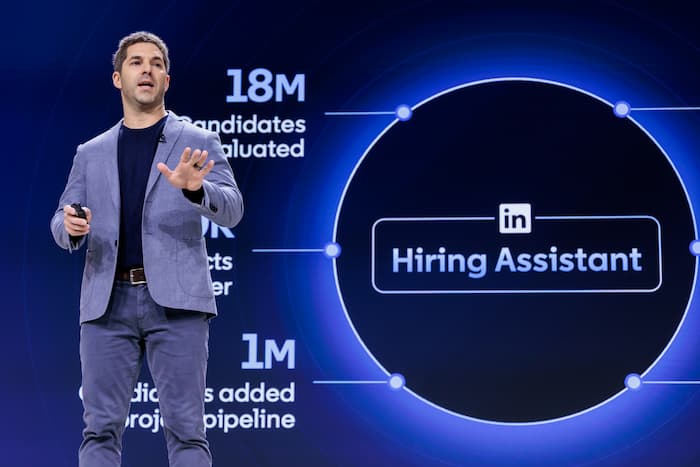The urban form—the physical layout and structure of cities—is directly influenced by technological advancements. Technology affects transportation, communication, construction, utilities, and urban management, reshaping cities over time. From ancient settlements to modern megacities, each technological breakthrough has left a mark on how cities are planned, built, and function.
1. Transportation Technology and Urban Form
- Early Transport Innovations
- In pre-industrial cities, urban form was compact, walkable, and oriented along rivers or trade routes.
- Streets were narrow, and settlements were densely packed around marketplaces and defensive structures.
- Railways (19th Century)
- Railways enabled suburban expansion, creating railway towns and commuter belts.
- Cities developed linear growth patterns along railway lines.
- Example: Suburbs around London, Mumbai, and Kolkata expanded due to rail connectivity.
- Automobiles (20th Century)
- Introduction of cars led to wider streets, arterial roads, and highways.
- Encouraged urban sprawl, low-density residential areas, and decentralized city layouts.
- Example: Post-WWII American cities (Los Angeles) expanded horizontally due to car dependency.
- Public Transit Systems
- Metro, bus rapid transit (BRT), and light rail systems reshaped dense urban cores.
- Encouraged transit-oriented development (TOD) with mixed-use clusters around stations.
- Example: Delhi Metro has influenced high-rise, mixed-use corridors in the National Capital Region.
Impact: Technology in transportation determines city density, shape, and connectivity, influencing both vertical and horizontal urban expansion.
2. Construction Technology and Urban Form
- Steel and Reinforced Concrete
- Enabled high-rise buildings and skyscrapers, concentrating population and commercial activity vertically.
- Cities could grow upwards instead of outwards, changing urban skylines.
- Example: Mumbai, New York, and Dubai.
- Prefabrication and Modular Construction
- Accelerates housing and infrastructure development.
- Leads to planned neighborhoods and satellite towns with uniform layouts.
- Building Services Technology
- Elevators, HVAC systems, and fire safety technology make high-density vertical living feasible.
- Urban cores are increasingly mixed-use, with residential, commercial, and office towers.
Impact: Construction technology has allowed cities to accommodate growing populations in limited space, changing the form from low-rise sprawl to vertical density.
3. Communication Technology and Urban Form
- Telegraph and Telephone
- Early communication technology facilitated administrative and commercial centralization in urban cores.
- Internet and Digital Technology
- Enabled remote work and e-commerce, reducing the dependency on city centers.
- Led to polycentric cities with multiple activity hubs rather than a single central business district (CBD).
- Example: IT hubs in Bangalore, Hyderabad, and Pune have developed tech parks and suburban office clusters.
Impact: Communication technology influences location of employment, retail, and services, shaping urban density and functional distribution.
4. Utilities and Infrastructure Technology
- Water Supply, Sewage, and Electricity
- Advanced utility networks allow high-density residential areas far from natural water sources.
- Enable the development of modern planned cities with systematic grids, parks, and open spaces.
- Smart City Technologies
- Sensors, IoT, and GIS-based urban management optimize traffic flow, waste management, energy use, and public services.
- Urban form is increasingly designed around data-driven infrastructure, such as intelligent transport corridors and energy-efficient buildings.
Impact: Utilities and smart infrastructure make cities more efficient, resilient, and sustainable, influencing urban layouts and livability.
5. Industrial Technology and Urban Form
- Industrial Revolution
- Factories concentrated near transport hubs, shaping urban cores around industrial activity.
- Workers’ housing, markets, and civic amenities emerged in proximity to industrial zones.
- Example: Manchester (UK), Jamshedpur (India).
- Post-Industrial Economy
- Shift from manufacturing to service-based and knowledge economies transformed former industrial zones into commercial and residential areas.
- Urban form became mixed-use and service-oriented, with adaptive reuse of industrial structures.
Impact: Industrial technology determines zoning, density, and functional distribution in cities.
6. Technology in Urban Planning and Design
- GIS, Remote Sensing, and Modeling
- Planners use geospatial data to optimize land use, traffic management, and environmental protection.
- Influences urban form by identifying growth corridors, flood-prone zones, and optimal residential and commercial layouts.
- Computer-Aided Design (CAD) and Simulation
- Facilitates efficient urban design, infrastructure planning, and disaster management.
- Supports 3D visualization, zoning analysis, and scenario modeling for sustainable city layouts.
Impact: Planning technology allows for scientific and precise urban design, shaping urban form based on data and simulation rather than intuition alone.
7. Summary of Technological Impacts on Urban Form
| Technology | Impact on Urban Form |
|---|---|
| Railways | Linear city expansion, suburban growth |
| Automobiles | Urban sprawl, arterial roads, decentralized development |
| High-rise construction | Vertical density, mixed-use cores |
| Communication technology | Polycentric cities, IT corridors |
| Utilities & smart tech | Efficient, sustainable city layouts |
| Industrial technology | Zoning, industrial hubs, workers’ quarters |
| GIS & CAD | Data-driven urban form, disaster-resistant planning |
Conclusion
Technology has profoundly reshaped urban form, influencing density, layout, functionality, and aesthetics of cities. Transportation and construction technologies determine whether cities grow horizontally or vertically, while communication and planning technologies influence functional distribution and spatial organization. Utilities and smart infrastructure improve livability and sustainability, and industrial technology shapes economic and social zoning. Collectively, these innovations have transformed cities from compact, walkable settlements to complex, multifunctional, and globally connected urban regions.






















